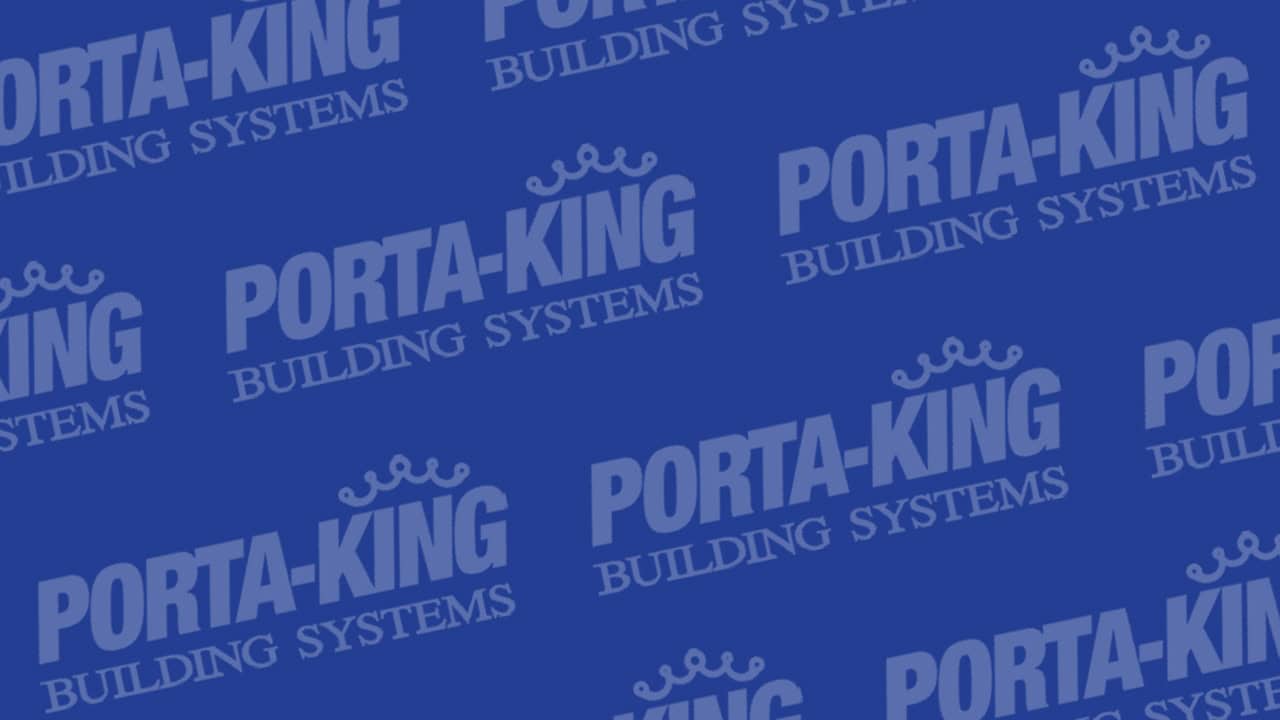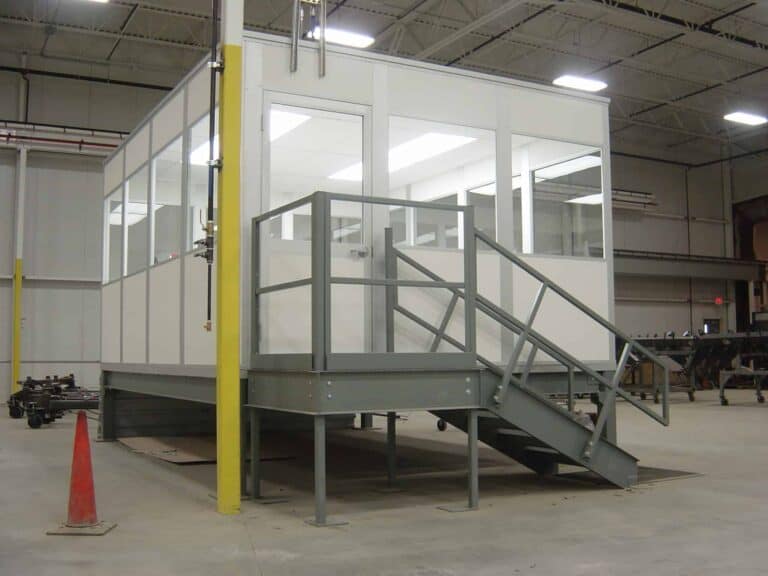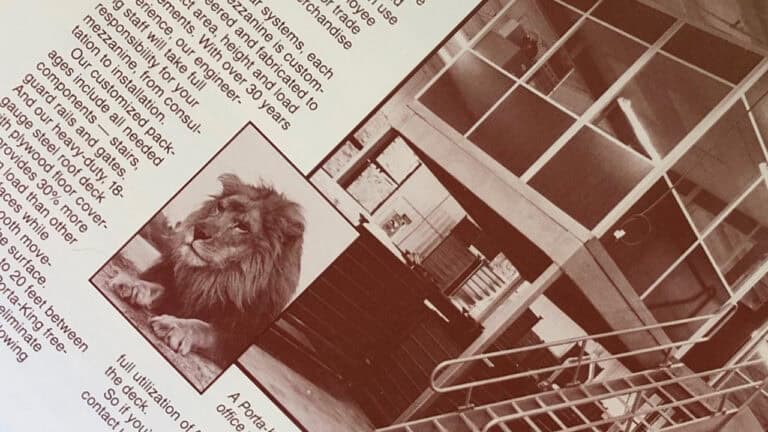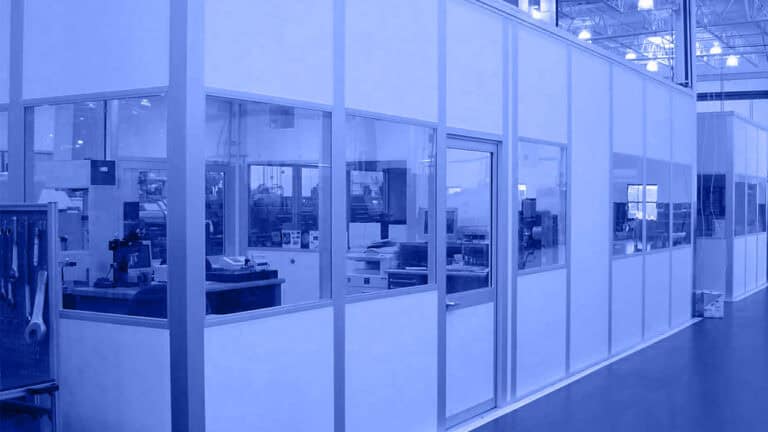With so much emphasis on sustainable architecture these days, many scientists are doing everything they can to produce new green technology for construction purposes. Recently, “Bio Bricks” have taken the industry’s news by storm by presenting a building material that can literally be grown using bacteria.
How it Works: Bio Brick Creation
Bio bricks rely on bacterial byproducts for their structure. In other words, bacteria create a natural cement, like the kind you see in coral reefs. This natural process is combined with sand to create brick strong enough to be used in general construction. The process does take time, but with enough of these resources they could hypothetically be made cheaply enough to stay in mainstream construction as sustainable architecture.
The Promised Benefits of Bio Bricks
Current methods of creating building materials such as clay brick, cement, steel, and even wood use natural resources while expending large amounts of energy. Every year, both natural resources and energy sources are becoming more scarce, while tasks such as firing bricks do more harm to the environment than good. Bio Bricks, on the other hand, only need:
- Bacteria
- Sand
- A controlled environment to grow bricks
Sand is a widely available natural resource that is going practically unused for construction purposes. In addition, the proper bacteria can be cultured in a lab with apparent abundance. Therefore, Bio Bricks are being hailed as the next step in sustainable architecture technology and may replace brick and cement in the construction industry.
The Effect of Bio Bricks on the Modular Industry
While modular buildings do not rely on cement and brick as much as conventional construction, there is some chance that bio brick technology will lead to scientific headway in the modular industry as well. From cement foundations to factory buildings, Bio Bricks may be the key to unlocking green construction.






